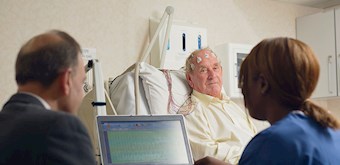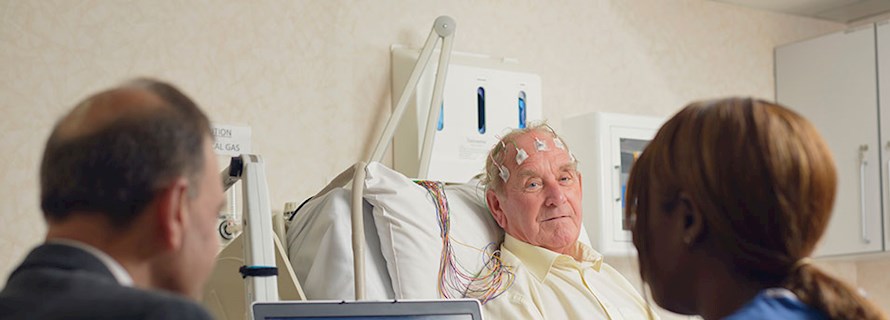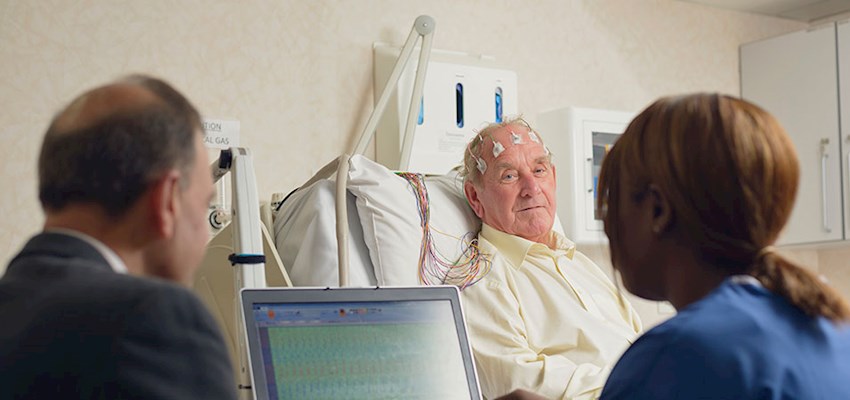Thermal Threshold Testing (TTT)
A Quantative sensory test
If you are experiencing ongoing burning pain or sensation, thermal threshold testing can provide more conclusive results as to why
What us Thermal Threshold Testing?
Thermal threshold testing examines how sensitive you are to temperature changes. It assesses the smallest nerves in your body. This helps your consultant understand why you feel a burning pain in your feet or hands.
The test is very straight forward and can last up to one hour. It is available to people of all ages and usually under taken by our neurophysiology team.
The test is very straight forward and can last up to one hour. It is available to people of all ages and usually under taken by our neurophysiology team.
Need to know
-
What happens during the test? icon plus
You do not need an anaesthetic for this test. Your consultant will ask you about your medical history prior to the test. A small probe will be attached to your leg, arm and/or hand. You will be given a button to press each time you feel a temperature change. The test is very straightforward and can last between 45 to 60 minutes. -
How to prepare icon plus
Your consultant will explain the procedure and answer any questions you may have. No specific preparation is required, although you may be advised to wear loose fitting clothing for the test. -
After your test icon plus
There are no known side effects from thermal threshold testing. You should be able to go home immediately after your examination.
Our neurophysiologists
We're proud to work with leading experts in neurophysiology and nerve responses, whose skills are matched by their integrity and compassion.
You may be referred to neurophysiology by a neurologist, a neurosurgeon or a peripheral nerve specialist or an orthopaedic consultant.
You may be referred to neurophysiology by a neurologist, a neurosurgeon or a peripheral nerve specialist or an orthopaedic consultant.




Our locations
From complex surgery to straightforward procedures, we provide exceptional care across our network of hospitals, outpatient centres and specialist clinics.
Book an appointment
Our team can help with any enquiries or you can make an appointment with one of our experienced consultants.
Call us today
020 7079 4344
This content is intended for general information only and does not replace the need for personal advice from a qualified health professional.